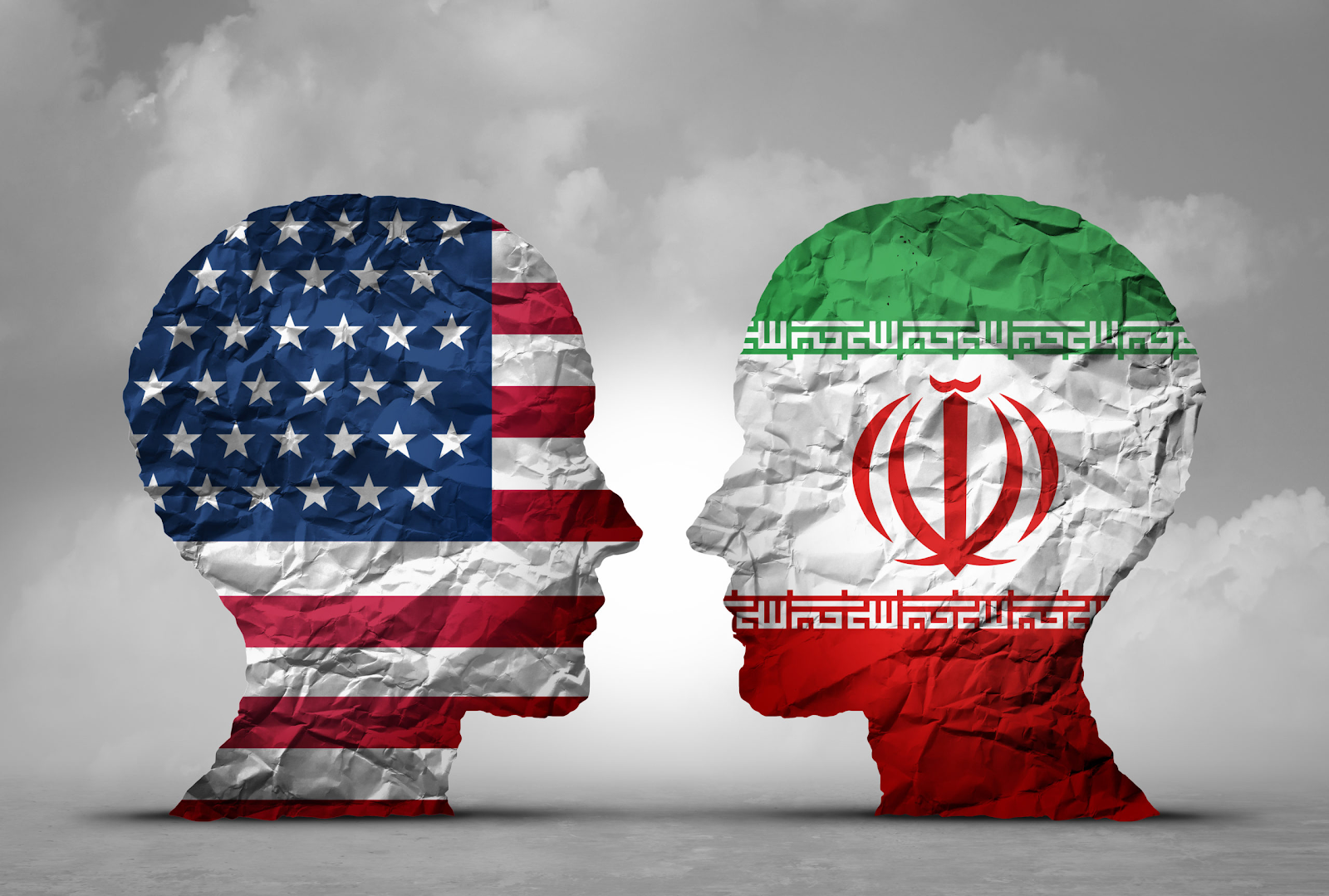Tensions Between Iran and the US: A Delicate Dance of Diplomacy and Threats
The recent
delivery of a letter from US President Donald Trump to Iran’s Supreme Leader
Ayatollah Ali Khamenei underscores the fragile and volatile state of relations between
the two nations. While the contents of the letter remain undisclosed, its
arrival coincides with the Trump administration’s “maximum pressure” campaign,
which has seen the imposition of new sanctions on Iran and veiled threats of
military action. This dual approach—offering dialogue while tightening the
screws—reflects the complexities of a relationship marred by decades of
mistrust and hostility.
Trump’s
letter, sent on March 5, reportedly urged Iran to negotiate, warning of dire
consequences if diplomacy fails. The president’s strategy mirrors his approach
to North Korea, where personal letters to Kim Jong Un led to high-profile
summits but yielded little substantive progress. However, Iran’s response has
been mixed. Khamenei has dismissed the prospect of talks with a “bullying
government,” while Iranian diplomats have sent conflicting signals, suggesting
openness to dialogue under certain conditions but rejecting negotiations under
pressure.
At the heart
of the tension lies Iran’s nuclear program. Tehran insists its activities are
peaceful, yet its uranium enrichment to near weapons-grade levels—60%
purity—raises alarm. This escalation is a direct response to the US withdrawal
from the 2015 nuclear deal, which had limited Iran’s enrichment to 3.67%
purity. The collapse of the agreement has left Iran free to expand its nuclear
capabilities, while the US has sought to isolate Tehran economically and
diplomatically. The International Atomic Energy Agency’s latest report
highlights Iran’s growing stockpile of enriched uranium, further complicating
efforts to de-escalate.
The historical
context of US-Iran relations adds layers of complexity. Once allies under the
Shah, the two nations became adversaries after the 1979 Islamic Revolution,
which saw the US Embassy seized and diplomatic ties severed. The Iran-Iraq War
of the 1980s deepened animosities, with the US supporting Saddam Hussein and
engaging in military confrontations with Iran. The 2015 nuclear deal briefly
offered hope for reconciliation, but Trump’s withdrawal in 2018 reignited
tensions, leaving the region on edge.
Today, the stakes are higher than ever. Trump’s simultaneous pursuit of diplomacy and threats of military action creates a precarious balancing act. While Iran’s leaders appear reluctant to engage, the economic toll of sanctions and the spectre of conflict may force their hand. For any meaningful dialogue to occur, both sides must move beyond posturing and address the underlying issues of trust and mutual respect. The alternative—a return to hostility or worse, military confrontation—would have catastrophic consequences for the Middle East and beyond. The world watches anxiously, hoping for a breakthrough that has so far remained elusive.

No comments:
Post a Comment